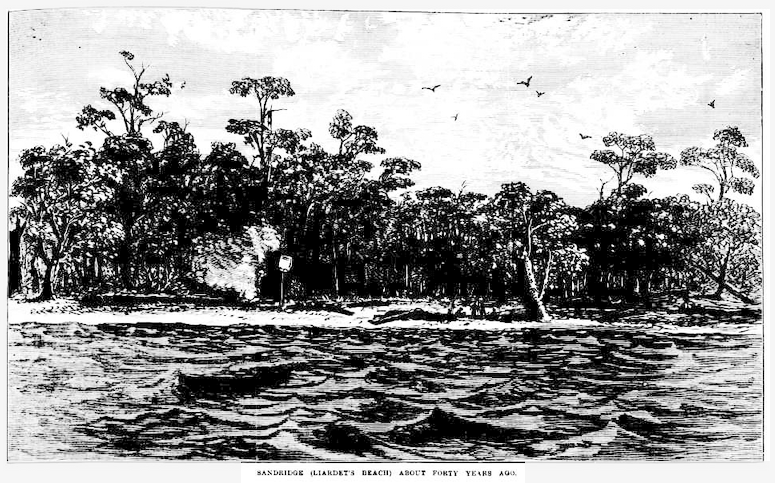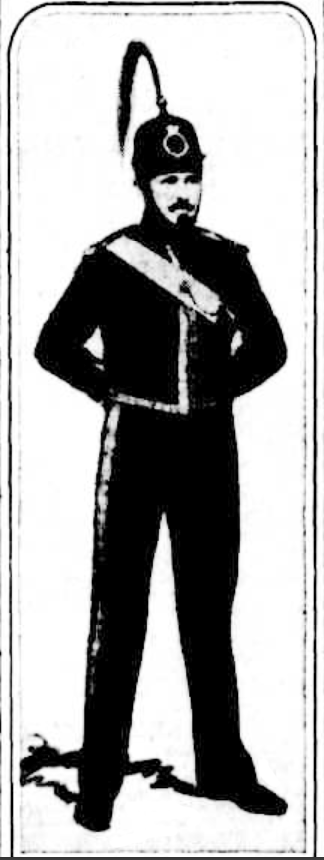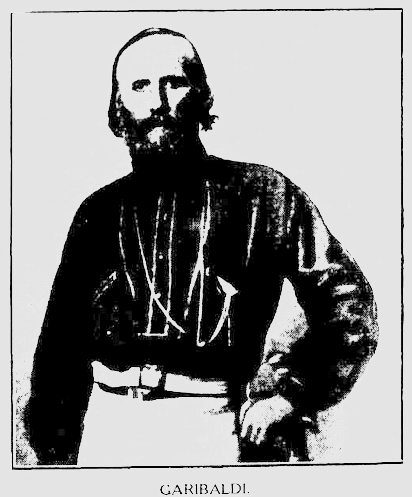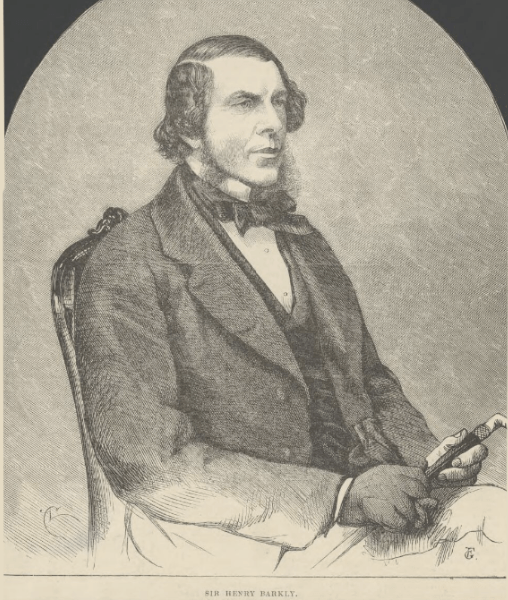“History of Defence Movement: Victoria’s First Soldiers by A.W. Greig”
This history was published on 6th April 1912 in the Melbourne newspaper, the Argus. The article is long, and the print faded, so I will transcribe it in installments. The punctuation, spelling, and lengthy sentences are as printed. I have added some contemporary illustrations, as well as those included with the article. I found it interesting; I hope you do too.
_____________________
Part 2
A gradual but slow development of the volunteer force took place during 1855. The rifle matches of later years were fore-shadowed in the “ball practice at targets” which took place on the waste land lying between St. Kilda and Sandridge (Ed: Port Melbourne) now occupied by the suburb of Albert-park, but then given over to sand flats and swamps. A hundred and twenty riflemen joined with the 40th Regiment in the “review of troops” which took place on the Queen’s Birthday; and new companies were added to the brigade from time to time, No. 5 (Richmond and East Collingwood) being formed in October. About this time also a troop of “mounted rifles” came into existance, and the formation of an artillery corps was under consideration. The commencement of a scheme of Harbour defence had been made by the construction of a “battery” of sand and earth on the Sandridge beach by a detachment of the 12th Regiment; and on October 30 the first guns in this were got into position with the help of the “gentlemen rifles”, to whom was given the honour of firing the first shot.

The Australasian Sketcher with Pen and Pencil (Melbourne), 1st November 1888 page 7. “Sandridge (Liardet’s beach) about 40 years ago.” i.e. c. 1848.
Big-gun practice now became all the rage in volunteer circles, and within a month or two the “Rifle Brigade” was practically transformed into a artillery corps. Side by side with this development was the formation, in October 1855, of a troop of “Yeomanry Cavary”, which appeared in all the glory of a gorgeous yeomanry uniform, with plumed helmets of local manufacture.

Yeoman Cavalry, 1855.
By courtesy of a relative of a former member of the troop we are able to present a photograph which gives some idea of this costume. On Separation Day (ED: the anniversary of Victoria’s separation from NSW), 1 July 1858, the corps was presented by the Governor with new colours of “white moire antique, beautifully embroidered with gold thread and coloured floss,” and for a number of years it remained the show regiment of the force.
Twelve months after the event last recorded we find the volunteer movement in Victoria at very low ebb. The Melbourne Artillery Corps, though nominally 200 strong, could only muster 36 at the monthly parade held July 2, 1859; nor was this handful properly equipped, knapsacks, great coats, and small arms being wanting, while the absence of the full complement of horses rendered it necessary for the guns and limbers to be dragged about on the parade ground by the men. Rifle corps had been formed at Ballarat and Sandhurst, but the latter had subsequently been disbanded, and it looked as if the patriotic enthusiasm called forth by the impending danger of 1854 had evaporated during the years of security which had followed.

1858 Ballarat Volunteer Rifleman.
At this juncture news was received that the political complications in Europe, of which our only memories now centre around the shadowy name of Garibaldi the Liberator, had reached a critical stage.

The Age, 7rh January 1933 page 4.
War had been declared between Austria and Sardinia, and so keenly did the English nation feel themselves interested in the struggle that it was announced that the militia of the United Kingdom was to be mobilised and a volunteer force enrolled.
Never was quicker response made in Victoria to the fluctuations of the Old World barometer. Within a week of the receipt of this startling intelligence a public meeting, which overflowed the hall of the Mechanics Institution and was in consequence adjourned to the Exhibition building, had appointed a committee to urge upon Sir Henry Barkly that immediate steps should be taken to protect the colony from invasion; and on July 15, 1859, His Excellency issued a proclamation proposing the reorganisation of the volunteer force.

National Library: # 9288594. Sir Henry Barkly,
Ten rifle corps were to be formed in the metropolitan district, three at Geelong, and one each at Portland, Belfast (ED: Port Fairy), and Warrnambool; while a naval corps was also to be raised in Williamstown and Sandridge. Before the end of the month steps had been taken at St, Kilda, Richmond, Brighton, and Prahran for the formation of the proposed rifle companies, and, although there was some grumbling among the workers at citizens being called upon to undertake military duties without renumeration, the call to arms met with such a response generally that at the Queen’s Birthday review of 1860 over a thousand volunteers paraded, and before the end of that year some four thousand had been enrolled. A new Volunteer Act passed in the meantime had raised the possible limit to ten thousand.
For all comments and questions, please use the Contact page.
